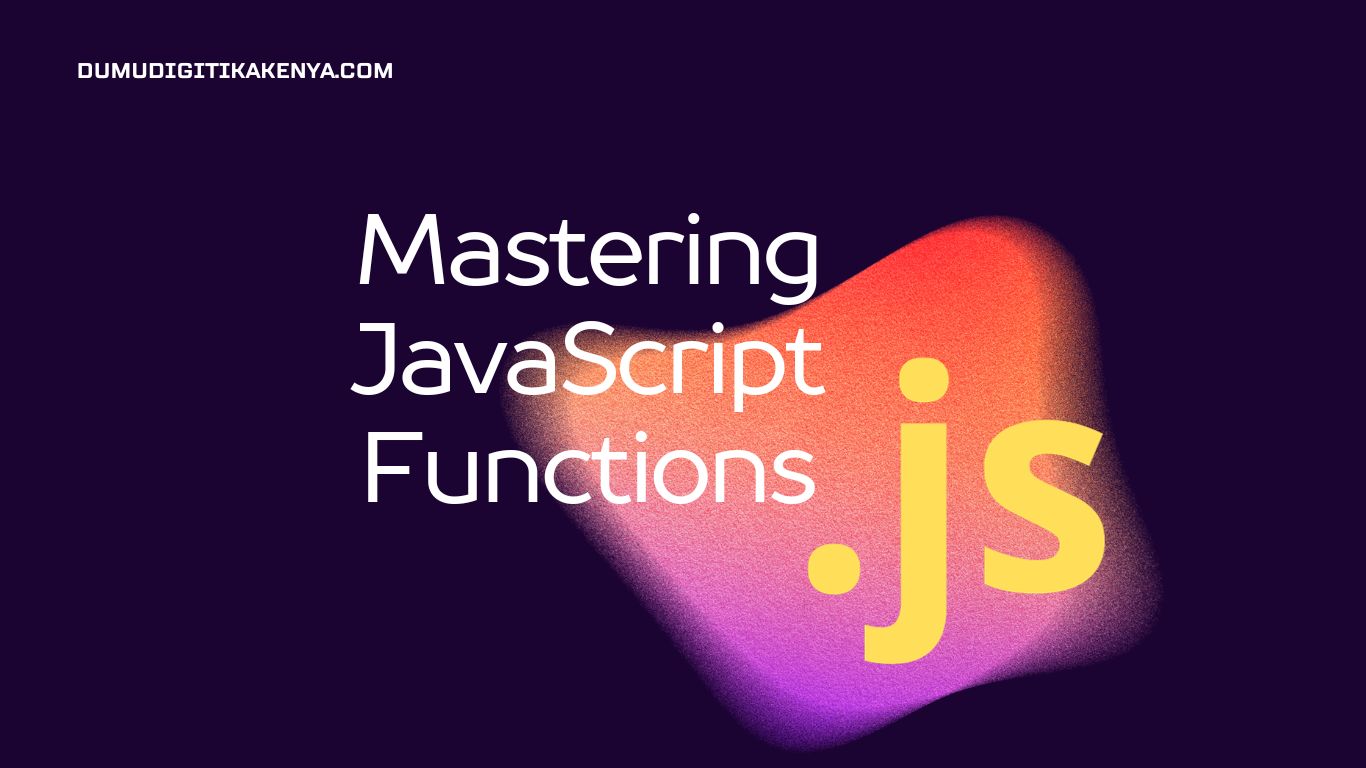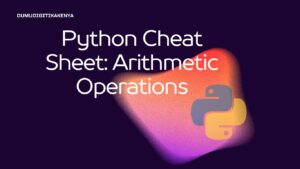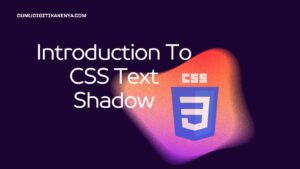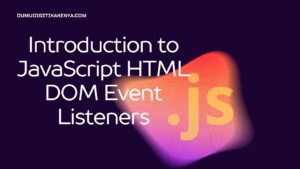Mastering JavaScript Functions
Welcome to the fascinating world of programming! If you’re new to coding or looking to expand your skills, JavaScript is an excellent language to start with. In this tutorial, we will delve into one of the fundamental concepts of JavaScript – Functions. Functions play a crucial role in structuring code and making it reusable. By the end of this guide, you’ll have a solid understanding of JavaScript functions and how to use them effectively.
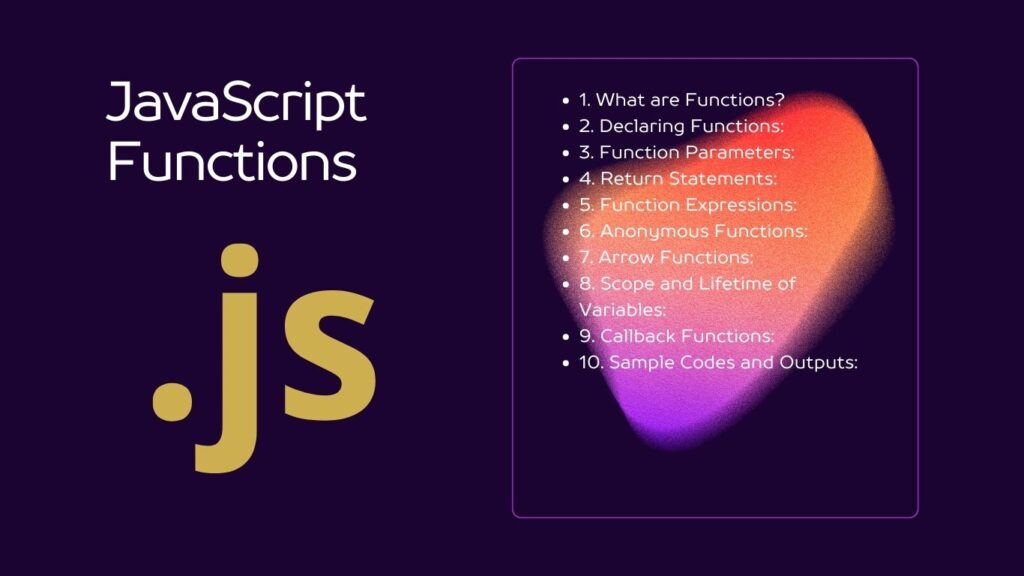
Table of Contents
1. What are Functions?
Functions in JavaScript are blocks of code that can be defined and executed at a later time. They allow you to structure your code, make it more modular, and promote code reuse.
2. Declaring Functions:
To declare a function, use the function keyword, followed by the function name and a pair of parentheses. The code inside the curly braces {} defines the function body.
// Sample Code 1
function greet() {
console.log("Hello, welcome to JavaScript functions!");
}
// Output 1
greet(); // Hello, welcome to JavaScript functions!3. Function Parameters:
Functions can accept parameters, which are values passed into the function when it’s called. These parameters act as variables within the function.
// Sample Code 2
function greetWithName(name) {
console.log("Hello, " + name + "!");
}
// Output 2
greetWithName("John"); // Hello, John!4. Return Statements:
Functions can return values using the return statement. This is useful when you want the function to produce a result that can be used elsewhere in your code.
// Sample Code 3
function addNumbers(a, b) {
return a + b;
}
// Output 3
console.log(addNumbers(5, 7)); // 125. Function Expressions:
Functions can also be assigned to variables. These are known as function expressions.
// Sample Code 4
let multiply = function (a, b) {
return a * b;
};
// Output 4
console.log(multiply(3, 4)); // 126. Anonymous Functions:
Functions without a name are called anonymous functions. They are often used in function expressions.
// Sample Code 5
let divide = function (a, b) {
return a / b;
};
// Output 5
console.log(divide(8, 2)); // 47. Arrow Functions:
Arrow functions provide a more concise syntax for writing functions, especially for short, one-line functions.
// Sample Code 6
let square = (x) => x * x;
// Output 6
console.log(square(4)); // 168. Scope and Lifetime of Variables:
Understanding the scope of variables within functions is crucial. Variables declared inside a function are usually local to that function.
// Sample Code 7
let globalVar = "I'm global";
function demonstrateScope() {
let localVar = "I'm local";
console.log(globalVar); // Accessing globalVar is allowed
console.log(localVar); // Accessing localVar is allowed
}
demonstrateScope();
// Output 7
// I'm global
// I'm local9. Callback Functions:
Functions can be passed as arguments to other functions, often used in asynchronous programming.
// Sample Code 8
function doSomethingAsync(callback) {
setTimeout(function () {
console.log("Task completed!");
callback();
}, 2000);
}
// Output 8
doSomethingAsync(function () {
console.log("Callback executed!");
});
// Task completed!
// Callback executed!10. Sample Codes and Outputs:
Feel free to experiment with the sample codes provided above. Modify the values and see how the outputs change. This hands-on practice is crucial for truly understanding JavaScript functions.
Conclusion
In conclusion, mastering JavaScript functions is an essential step for anyone venturing into the world of programming. With the ability to encapsulate code, make it modular, and enhance reusability, functions play a pivotal role in crafting efficient and organized JavaScript applications. Whether you’re a beginner or looking to solidify your foundational knowledge, this comprehensive guide has provided a thorough exploration of function declaration, parameters, return statements, and various function expressions like anonymous functions and arrow functions.
By delving into the intricacies of function scope, lifetime of variables, and the concept of callback functions, you’ve gained a holistic understanding of how functions operate in the JavaScript ecosystem. The provided sample codes and outputs serve as invaluable hands-on practice, allowing you to experiment and reinforce your newfound knowledge. As you continue your programming journey, remember that JavaScript functions are the building blocks that empower you to create dynamic and interactive web applications. Armed with this knowledge, you’re well-equipped to navigate the vast landscape of JavaScript development, unlocking endless possibilities for innovation and problem-solving.
In summary, this JavaScript functions tutorial for beginners has laid a sturdy foundation, demystifying the core concepts and empowering you to write cleaner, more efficient code. Embrace the power of functions, and let them propel your programming skills to new heights.

